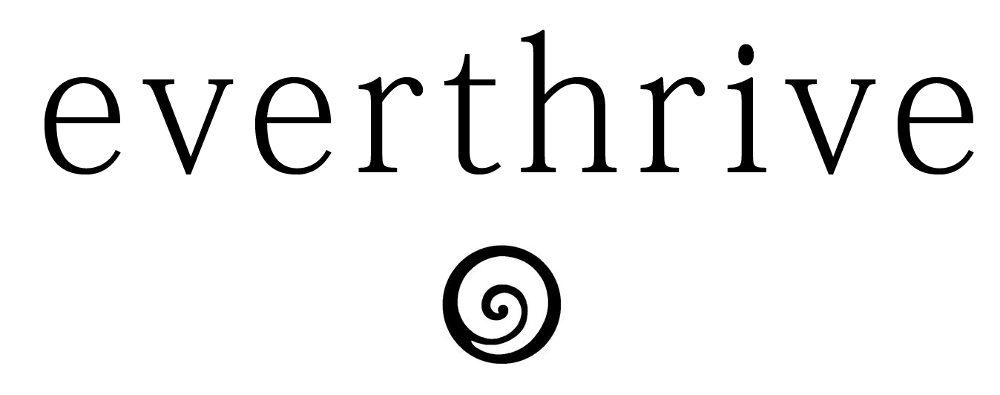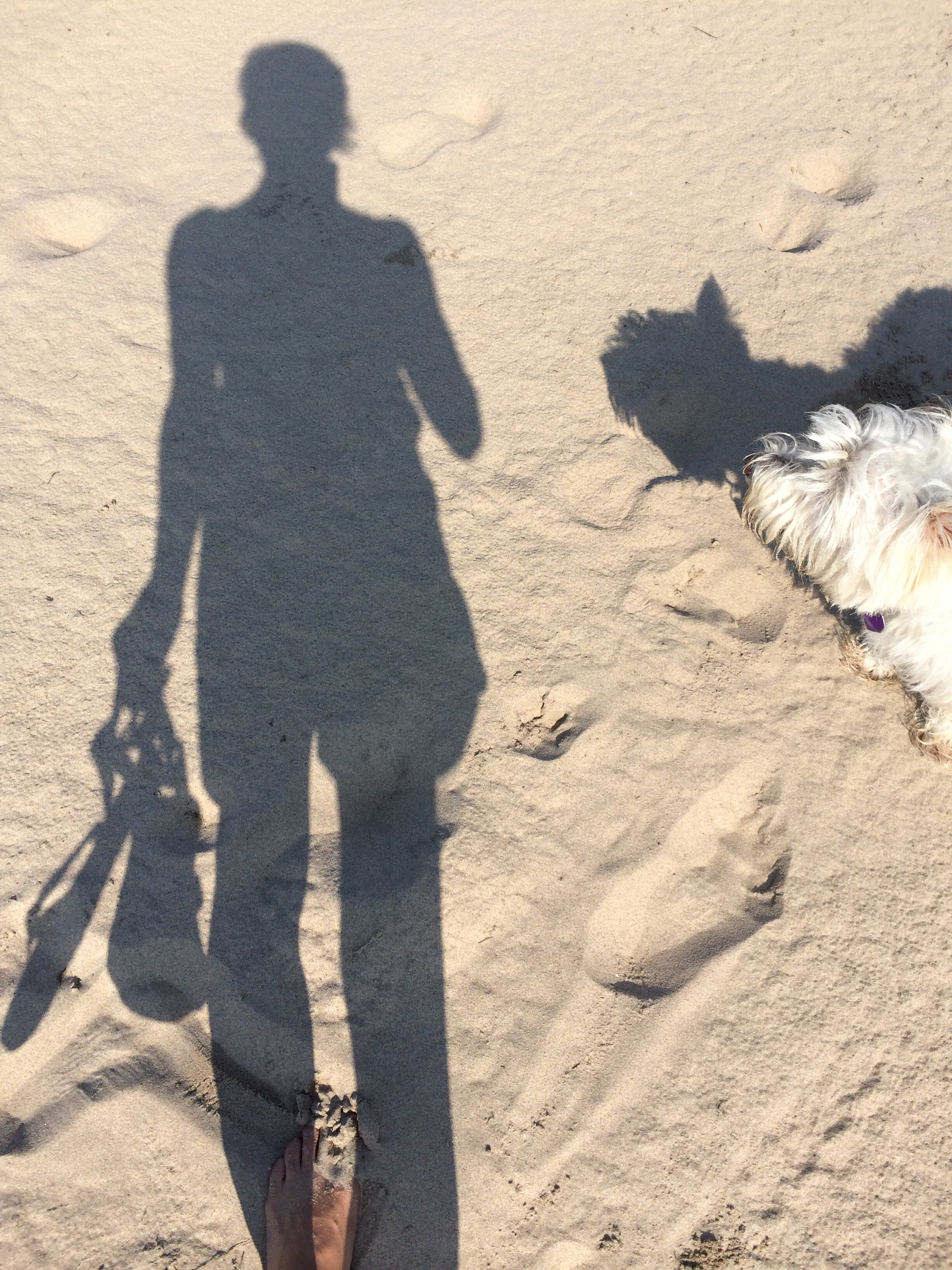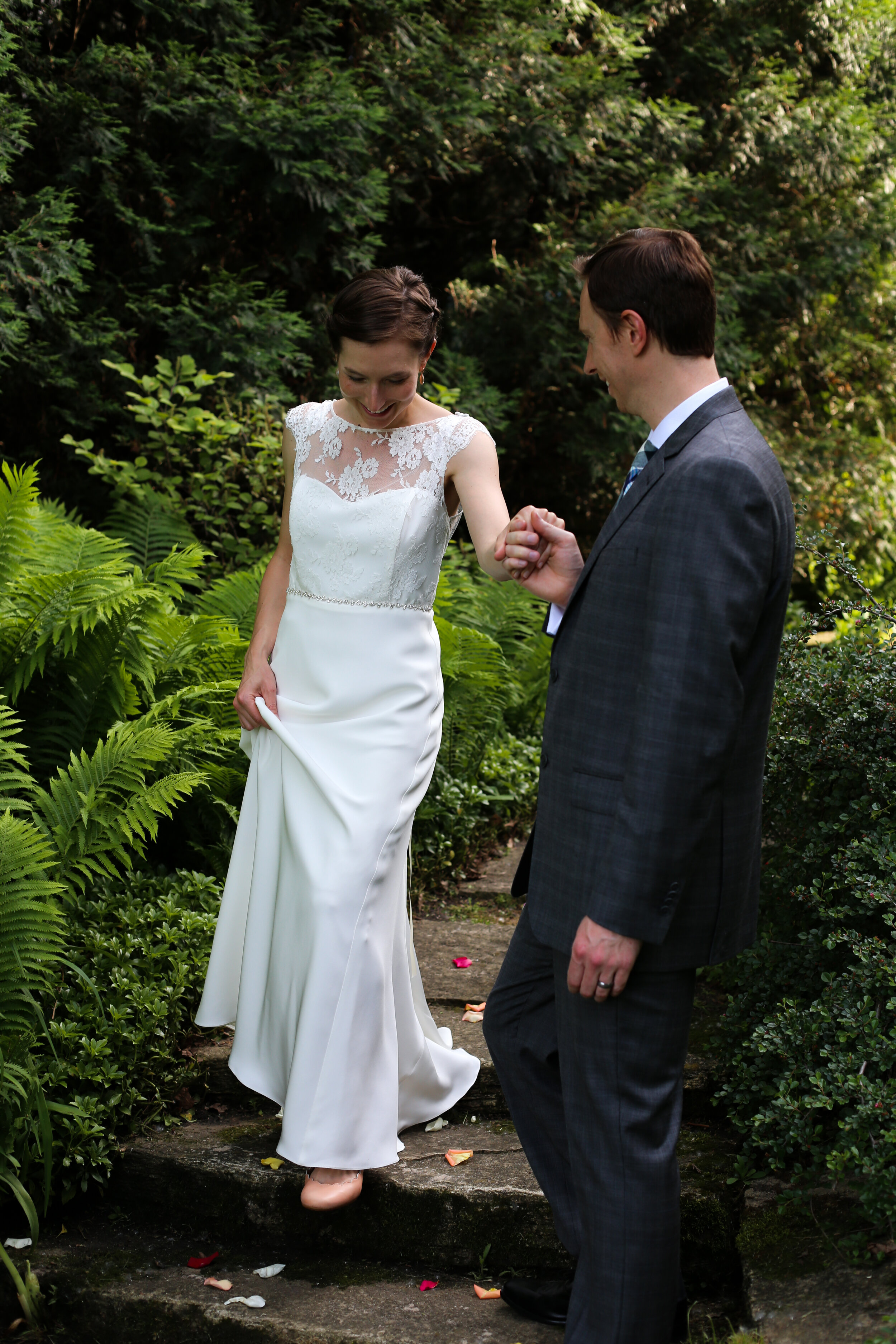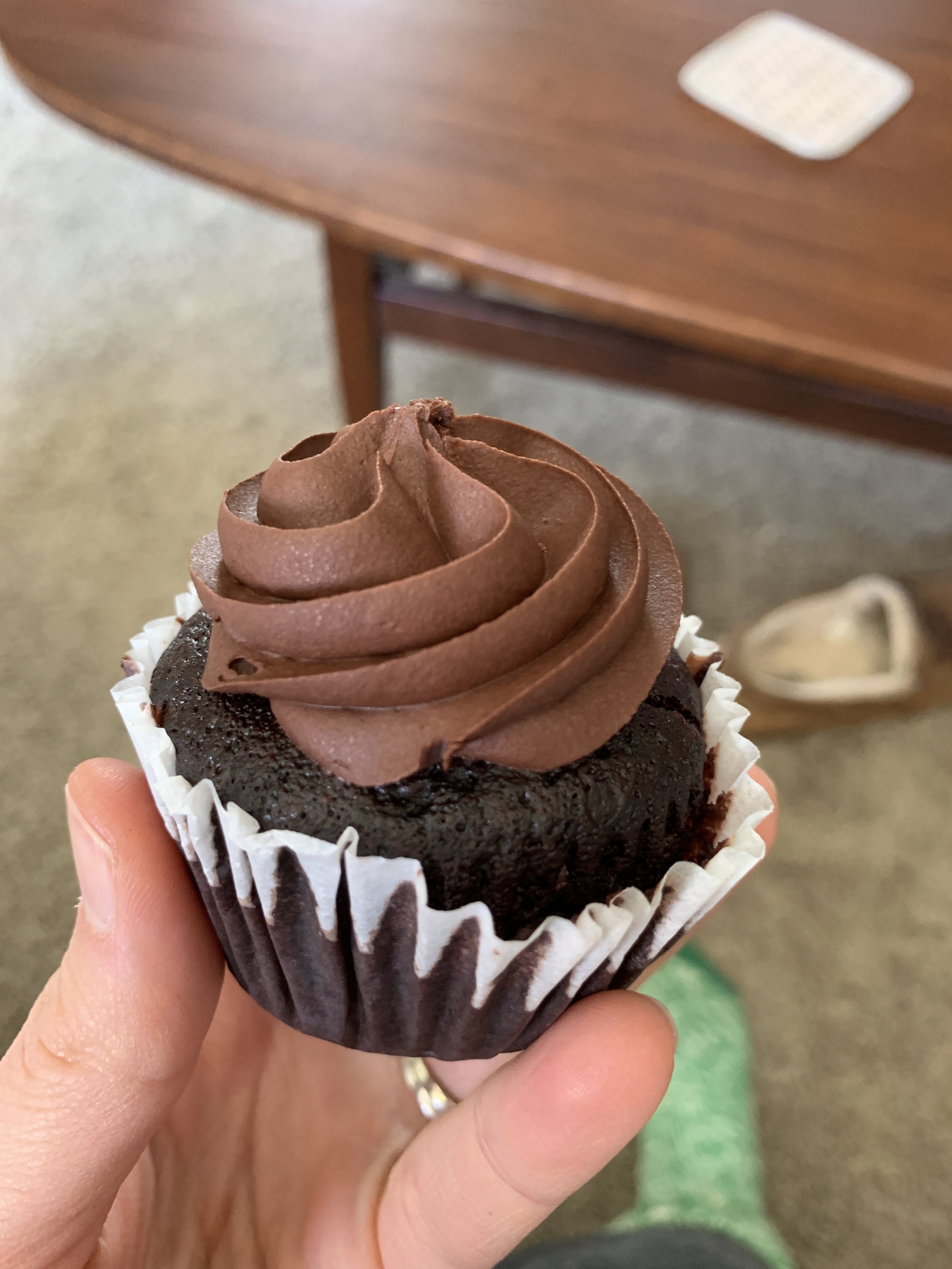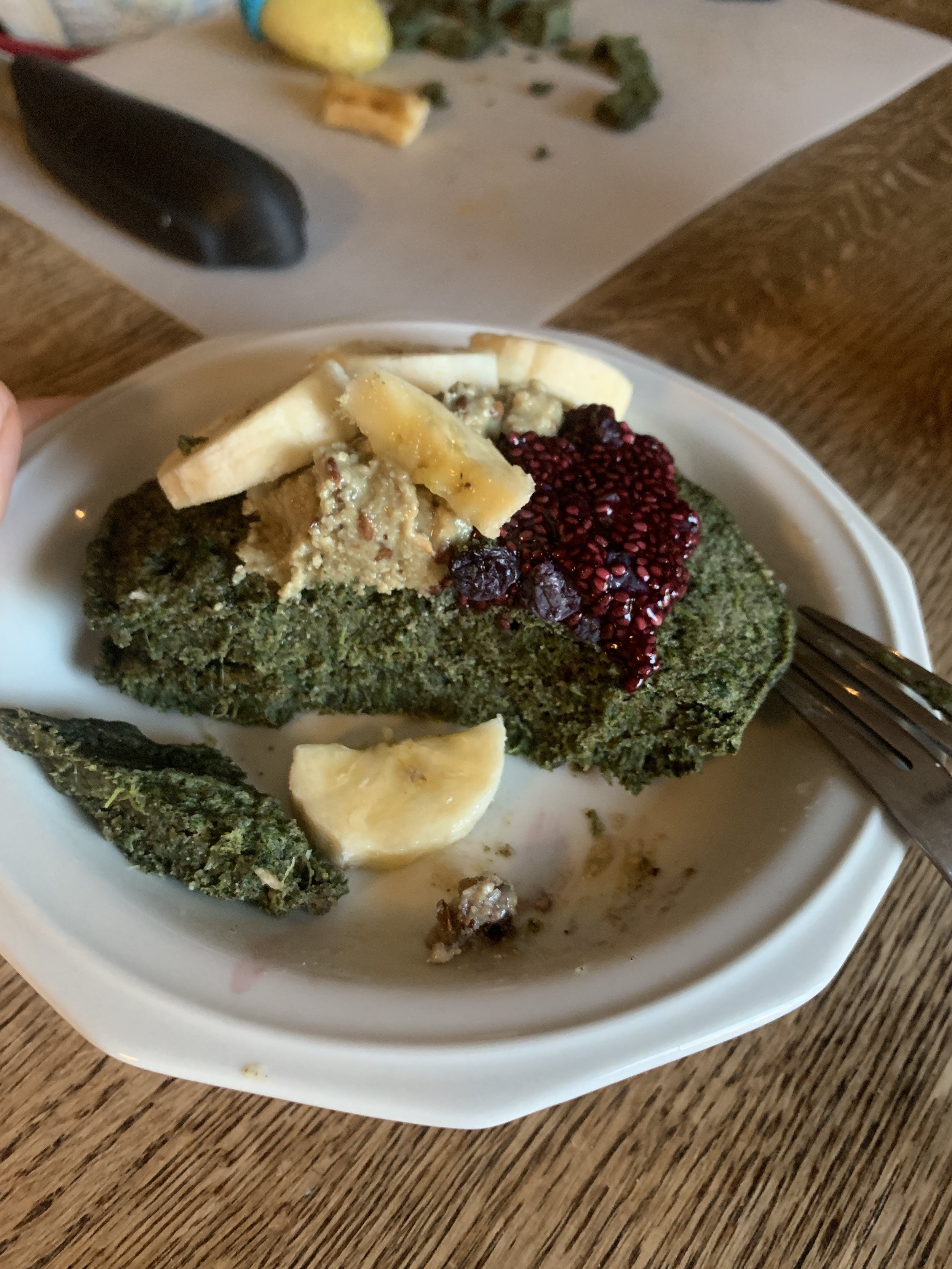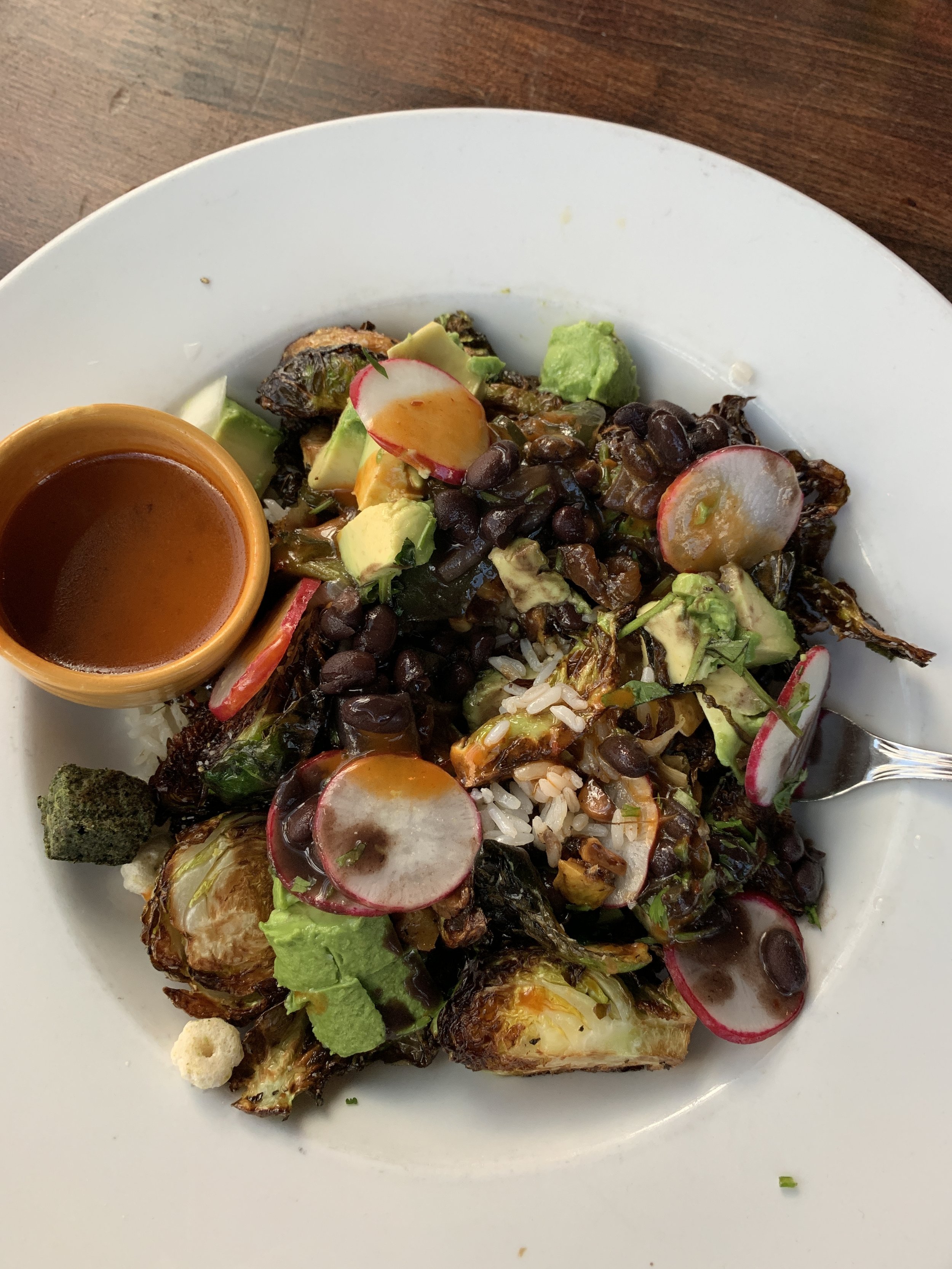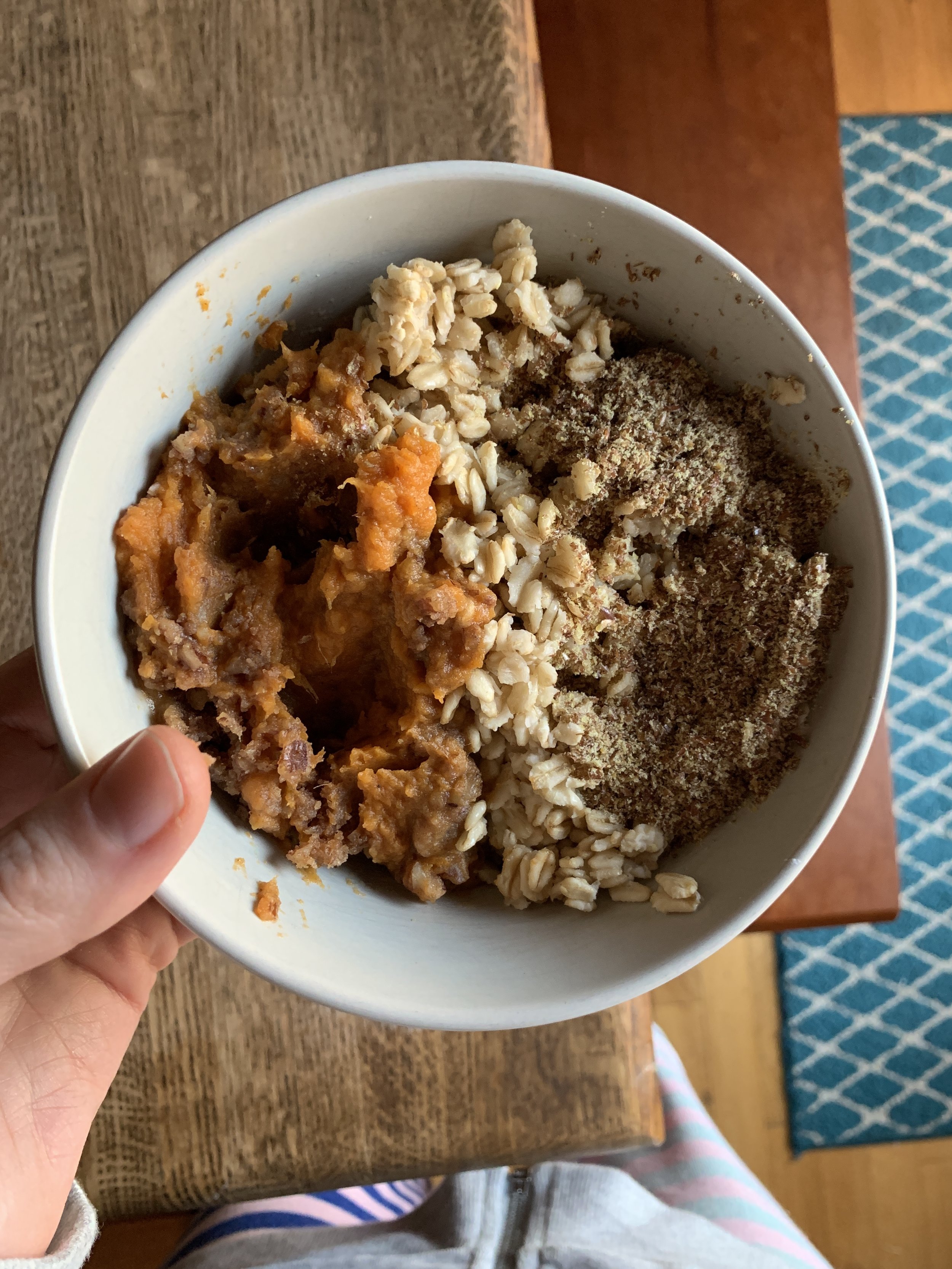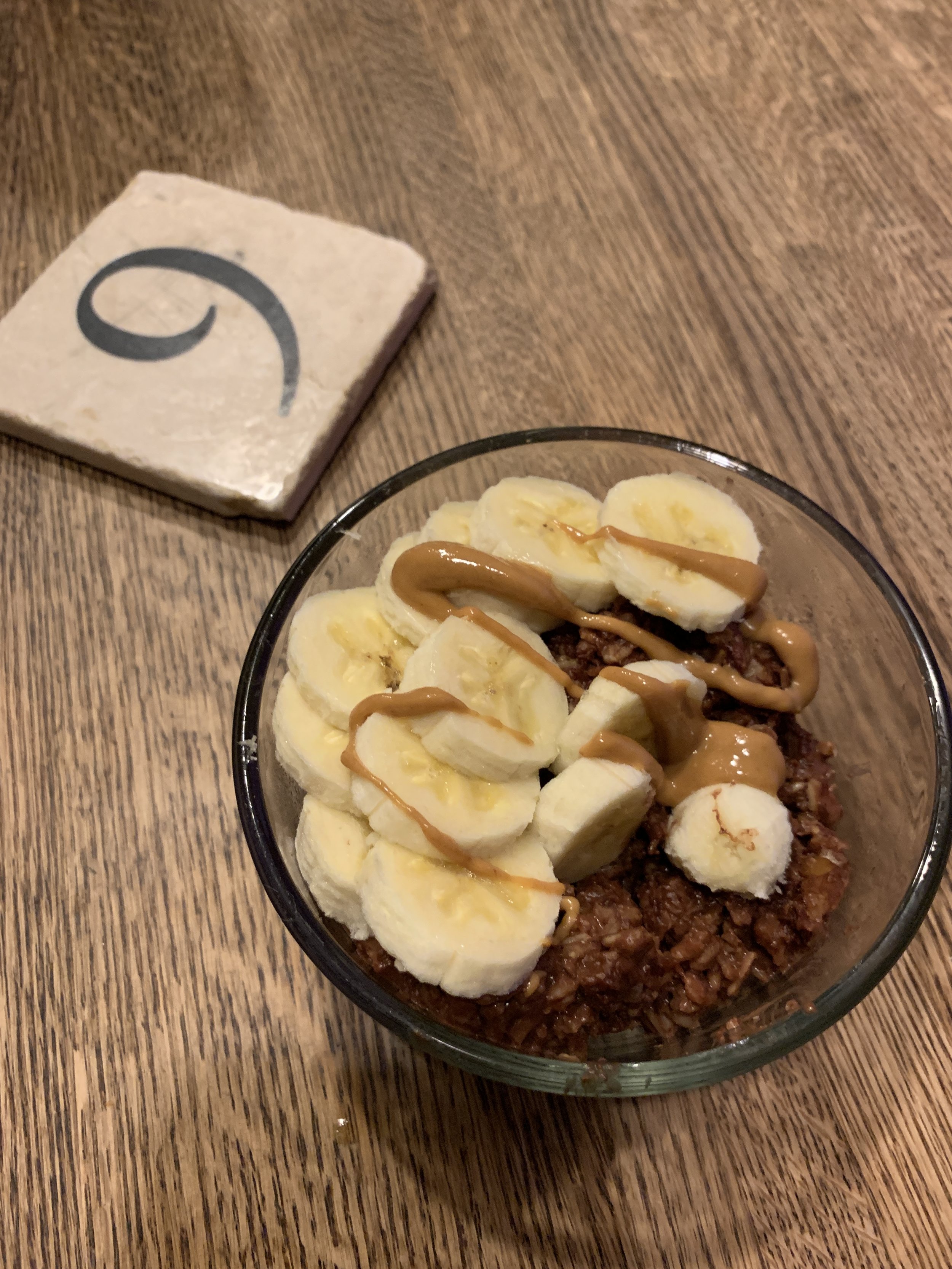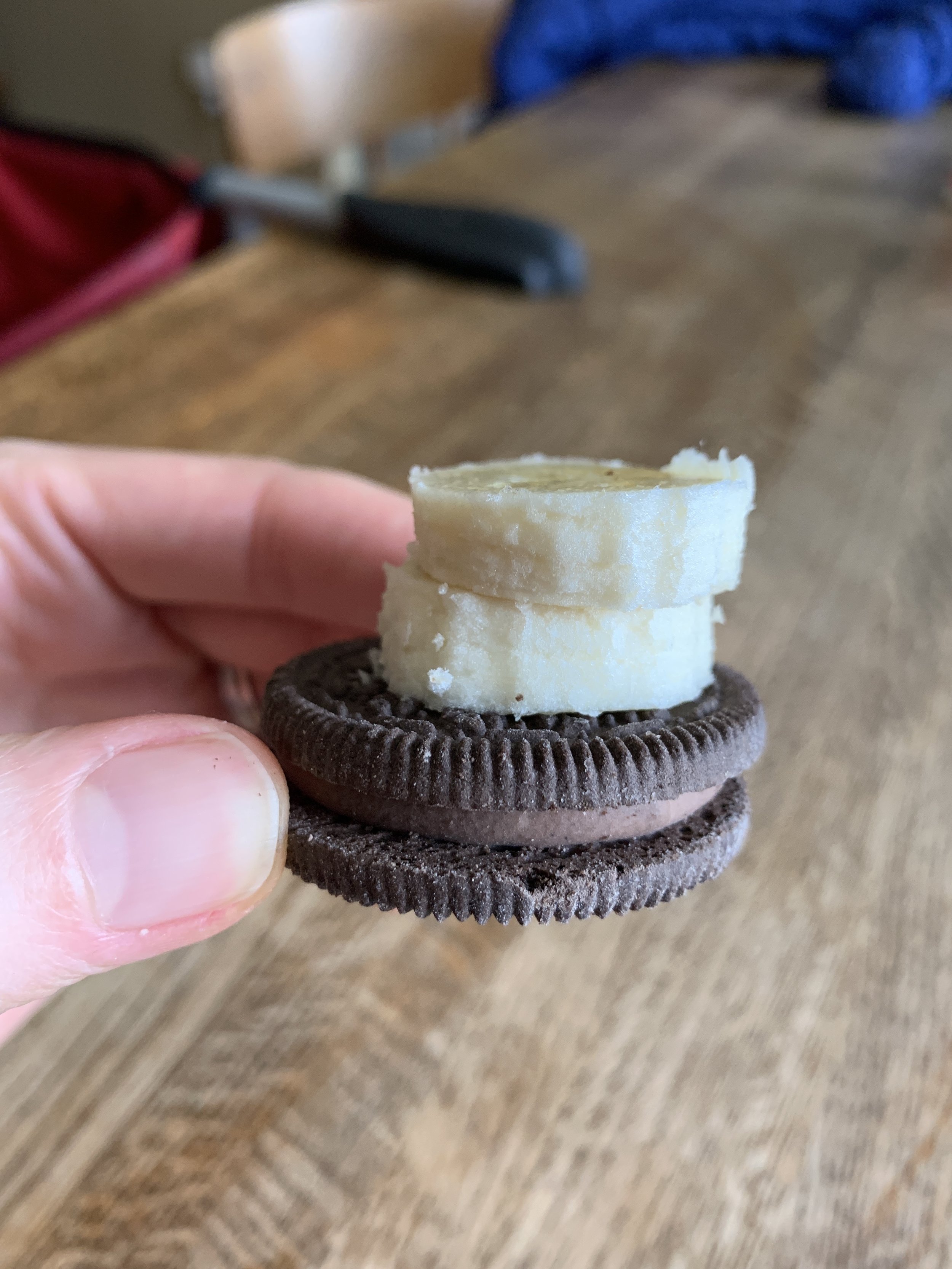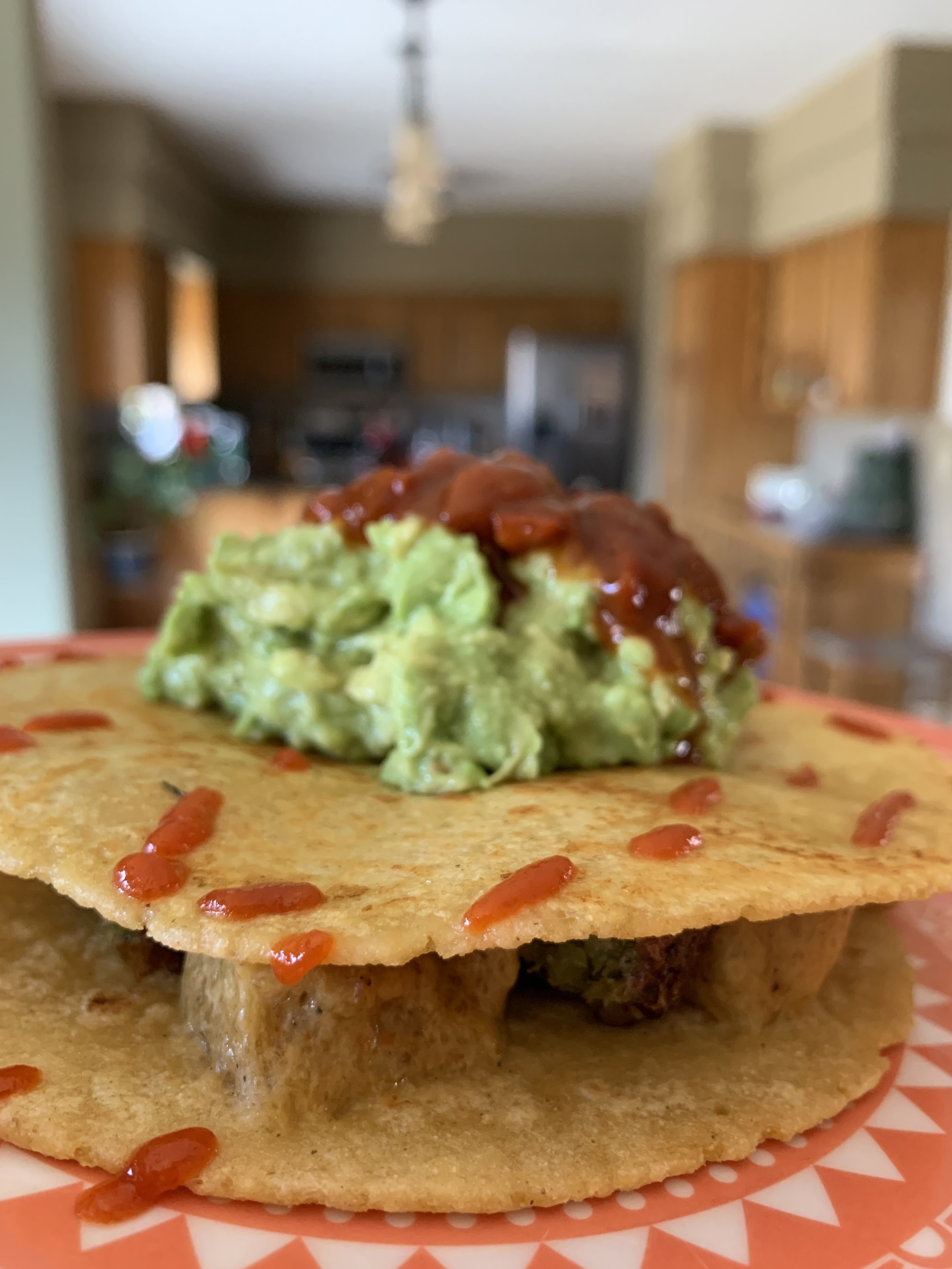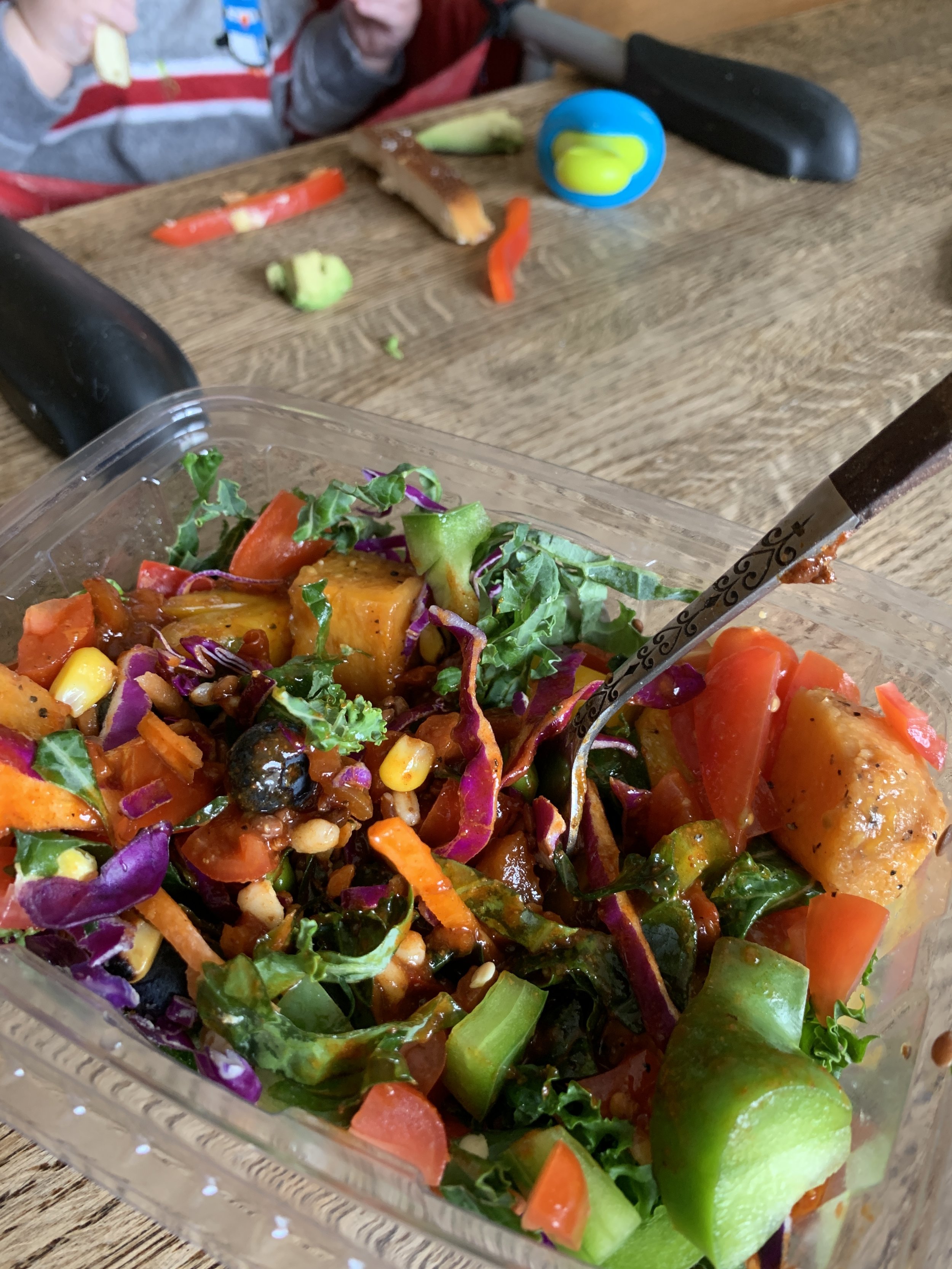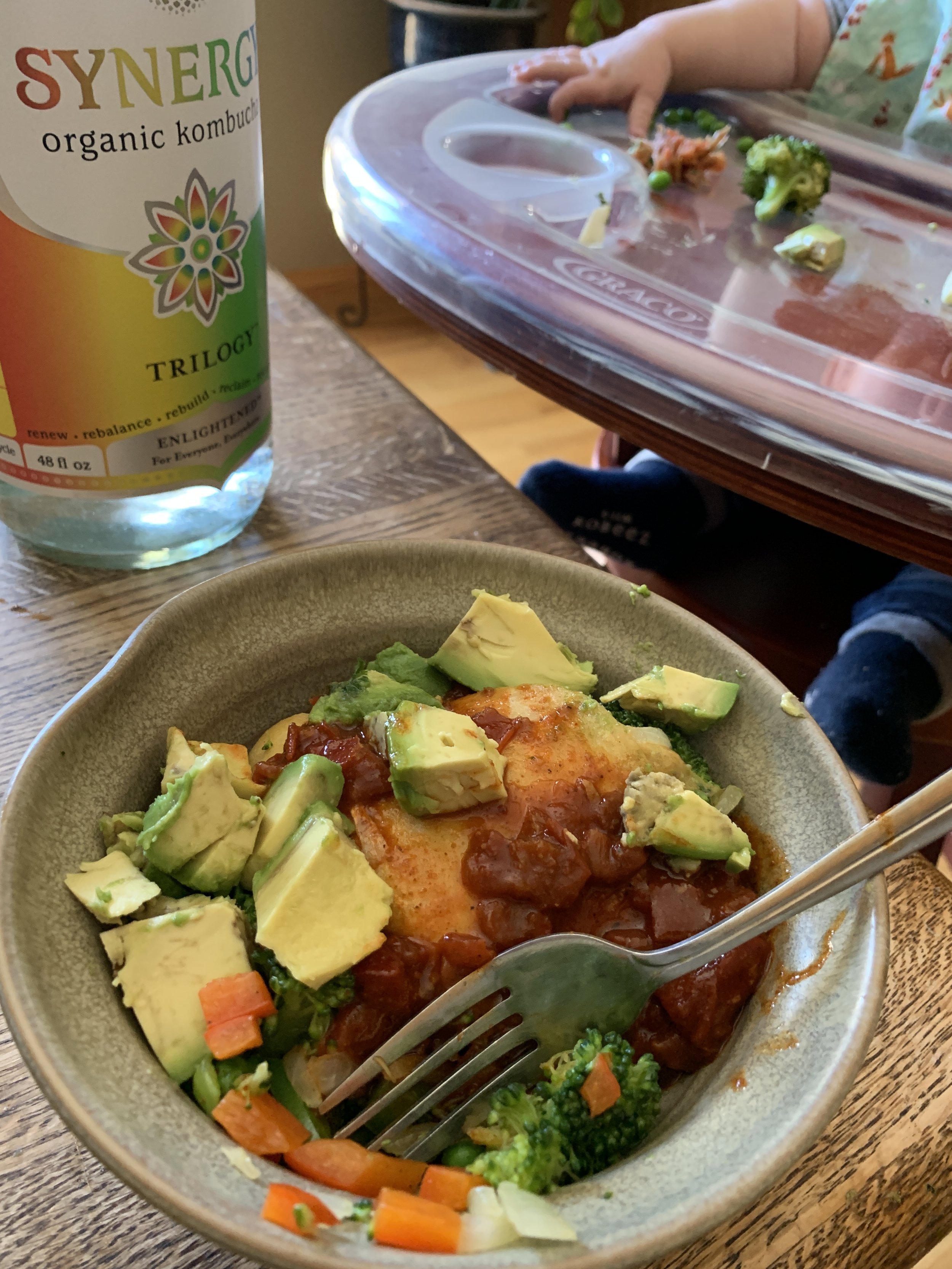5 Ways Minimalism Helps Keep My Autoimmune Symptoms in Remission
Article originally published for Ankylosingspondylitis.net
In 2016, I was overworked, underpaid, and burning the candle at all ends.
Every day, I’d wake up before 5am for my job as an AP English teacher. After work, I’d drive through rush-hour traffic and clock exactly 1.5 hours the gym. Back home, I’d walk the dog, scarf some leftovers, and grade papers until I fell asleep. I spent weekends galivanting around Chicago with friends and my fiancé (now husband).
I was thought I was doing great. To others it seemed like I was happy and balanced. Internally, I was anxious and uncalibrated, and living a lifestyle that was not sustainable for my personal health.
My autoimmune disease kicked in with a whole-body flare in May of 2016. I could barely walk or complete basic tasks like dressing myself or even sitting at my desk. I would stay awake all night willing the pain to subside even just for a short while so I could get some rest.
After seeing all of the doctors, getting all of the tests, diligently pursuing physical therapy and starting medication, I was on a slow road to recovery. I also knew I’d never get fully better unless I made some big changes in my life other than medical interventions.
To help alleviate the pain and reduce inflammation, I knew I needed to slow everything down, recalibrate, and align my body with my mind. I did two big things to help my body and mind reunite:
One - I resolved to end my teaching career in 2017
Two – I chose to pursue a more minimalist way of living.
What is minimalism?
Minimalism comes in many forms. Of course, there is the minimalist aesthetic – a type of art that monopolizes on white space. Here, the basic role of white space is to let your art come alive and breathe by reducing the amount of distracting text or other elements. A person who leads a minimalist lifestyle also understands the necessity of white space, deeming it essential for reducing distractions. Minimalists basically try to live a healthy and happy life with more white space: more unscheduled time, and less physical and mental distractions.
To achieve more white space in my life, I needed to live with less possessions, less distractions, less non-essential obligations, and less mental clutter. In a society that always focuses on more, it would be difficult to choose “less” and go against the norm. But I needed to make this tough choice for my health and my future.
So, in addition to taking medication when needed, I chose minimalism.
5 ways I use minimalist philosophy to guide my healing:
Social life – To limit the physical impact of my social obligations, I reduced my availability. I also created firm boundaries around my time to safeguard myself of unnecessary social drama. As a result, I was able to spend more time with people who were important to me, and I had more time to spend on activities that mattered to me. I also had more downtime, which I definitely needed.
Household items – My husband and I sold or donated half of our possessions before relocating from the Chicago suburbs to Fort Collins, CO. We reduced our square footage by more than 3,000 feet! Moving from a large metropolitan area to a smaller city eliminated long commuting hours and the reduced the impact of environmental stress that accompanies big city life.
Fitness goals - Instead of counting hours, steps, and calories, I take more walks in nature. I’ve recently returned to Pilates, yoga, and swimming – exercise I had to stop due to my huge flare 5 years ago. Taking a more mindful approach to exercise helps me slow down and listen to what my body needs, instead ignoring my body to achieve an inconsequential goal.
Inflammatory foods – Taking the advice of a naturopath, I took a food sensitivity test to pinpoint foods that were causing inflammation. In addition to eliminating inflammatory foods, I began shopping on the periphery of the grocery store, focusing more on fresh fruits and vegetables, and less on processed and preservative-laden foods. Reducing the overall inflammation in my body has really helped alleviate the pain I experience.
Technology Use – I have an iPhone, and I really enjoy how conveniently I can access all the information in the world! But such access can a source of great distraction. In order to silence the allure of my iPhone, I mute or eliminate notifications, make ample use of “airplane mode” and “do not disturb. I also try to keep my phone in another room when I know I need to focus. Most of all, I try to be conscious of how I’m using my phone and what information I’m consuming.
I’ll never take my “pain free” life for granted. I’m so thankful for each day I can sleep through the night without pain. I can walk without fear of falling. I can bend over and put on socks. I can drive a car. I can pick up my children, spin them around, and chase them while they giggle with glee. I can dance with my husband to our favorite songs. I can mow the lawn. I can walk through the grocery store and lift heavy bags from my car to the kitchen. All of these are so simple, and yet there was a time where I couldn't even do these basic things.
Minimalism has helped me. Maybe it can help you?
With gratitude,
Ali
